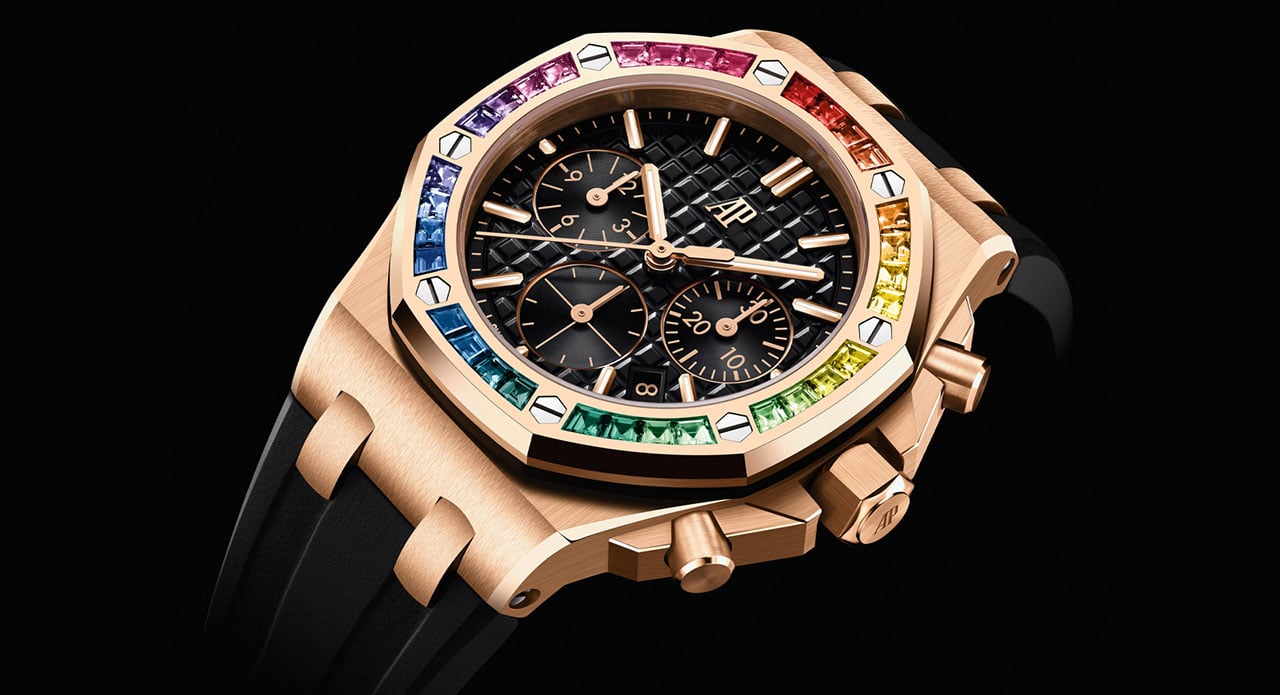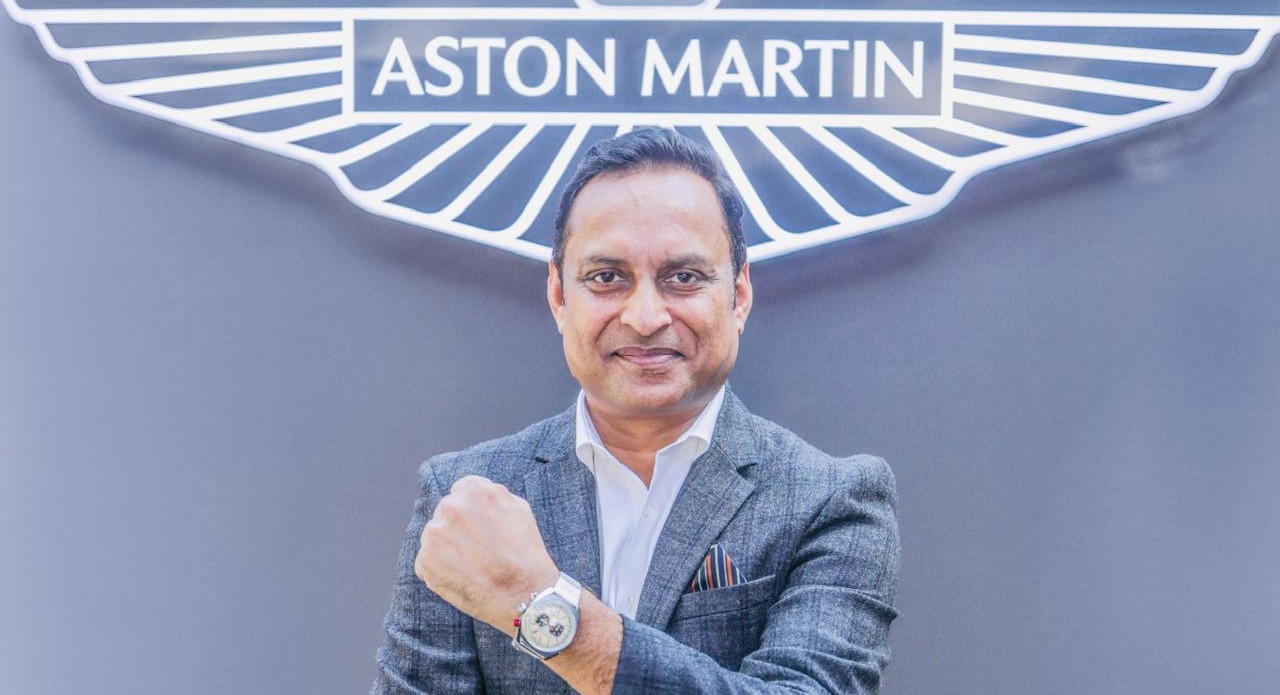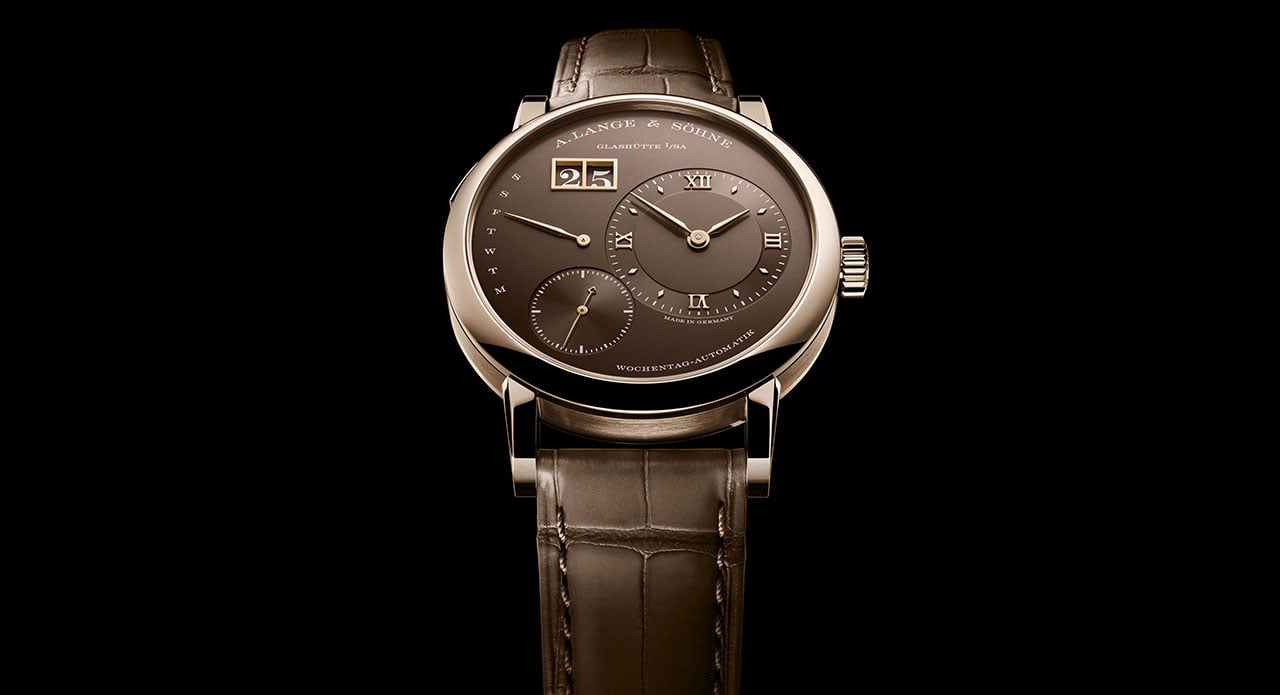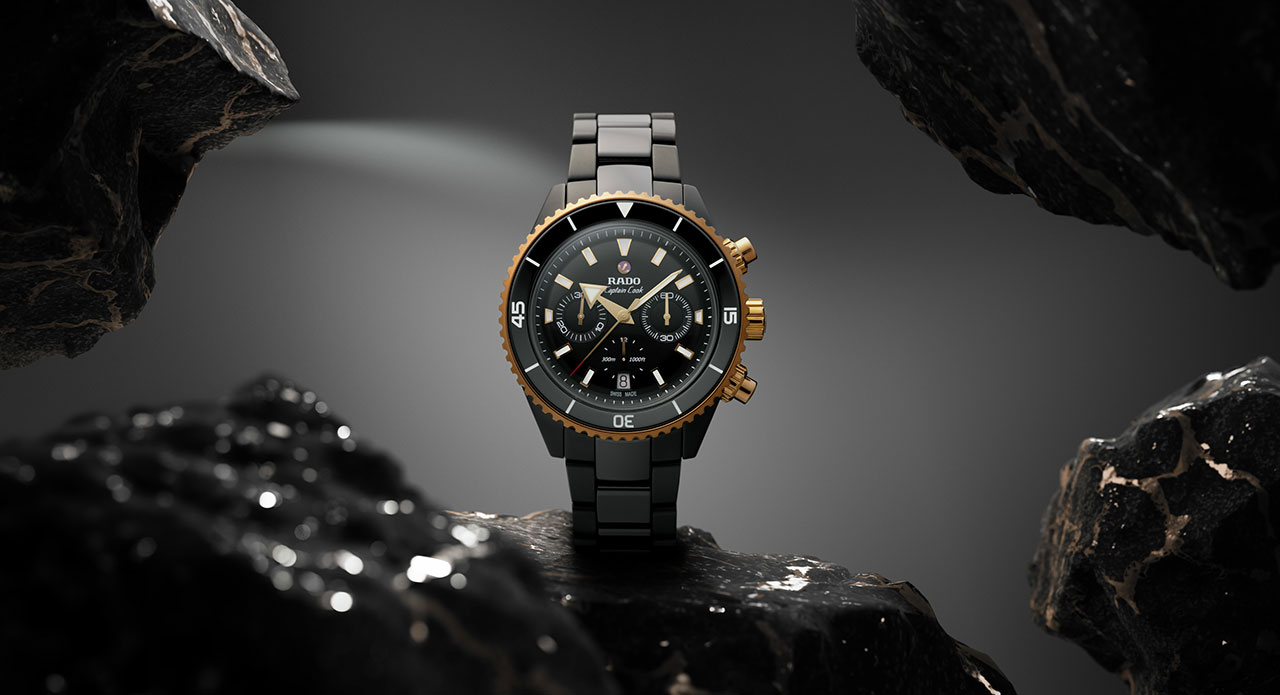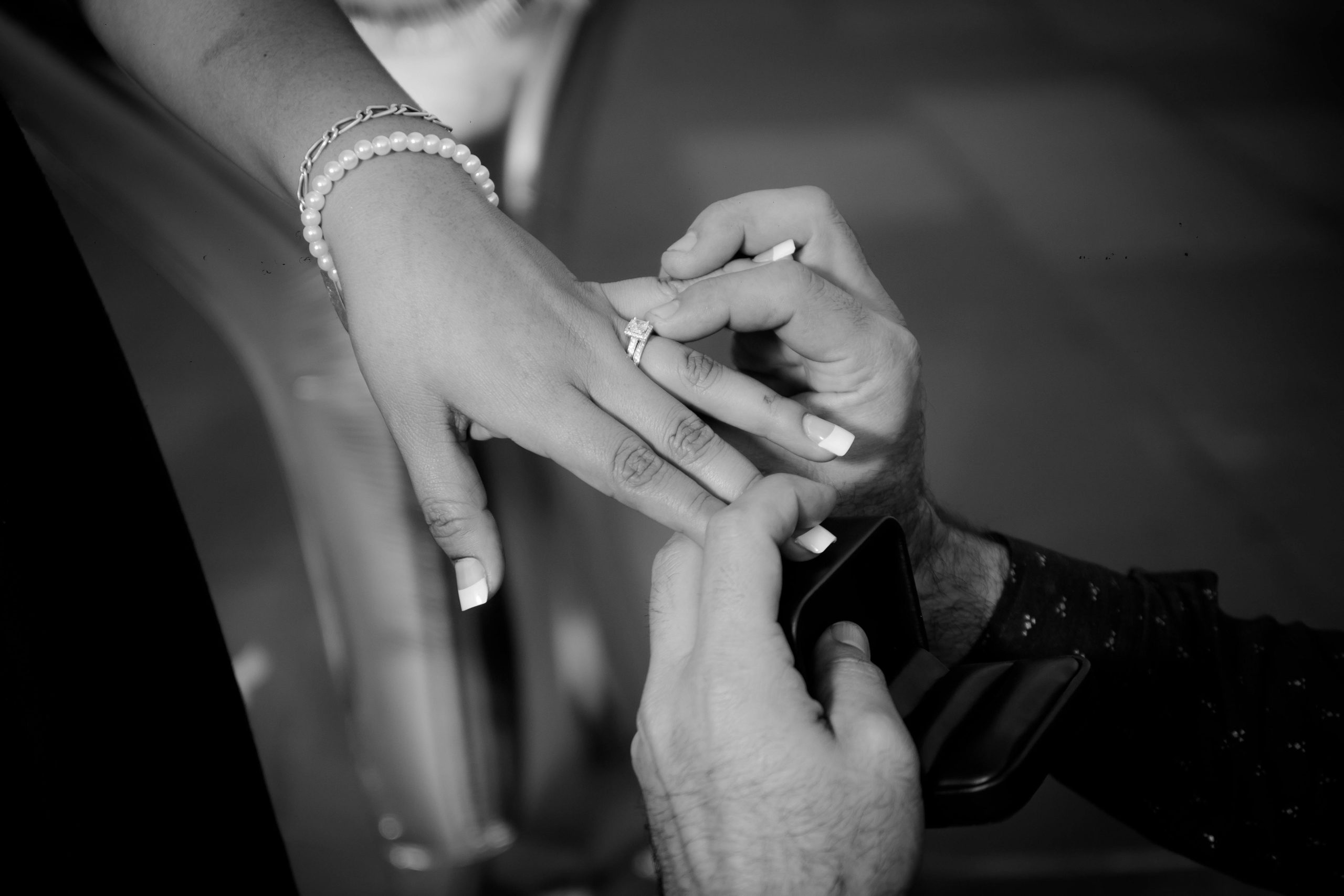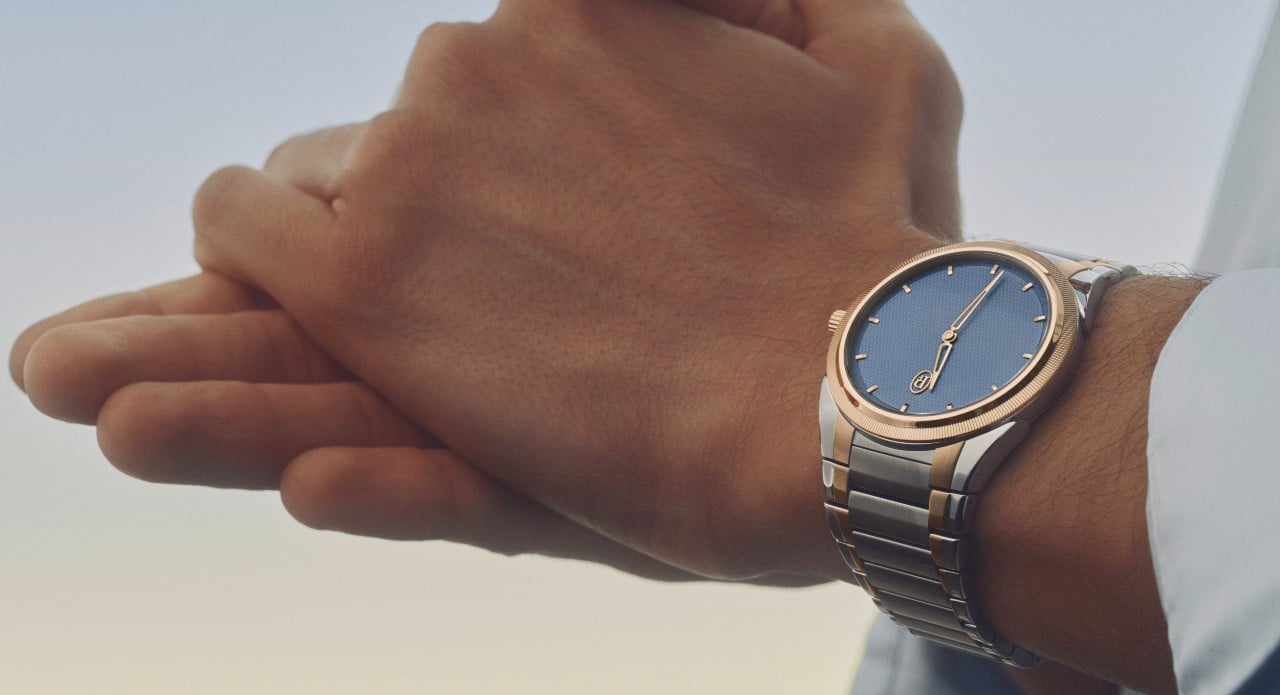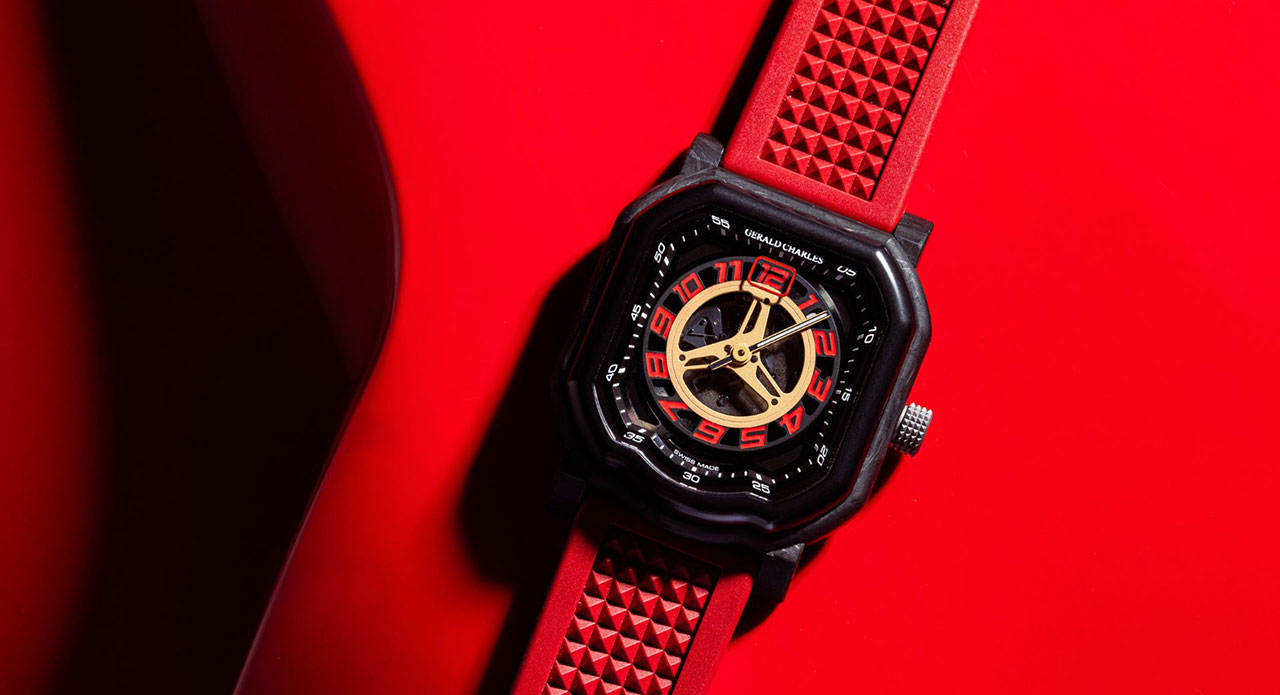If you’ve ever confidently called your chronograph a chronometer at a dinner table full of watch geeks, you’ve probably seen the collective gasp — the kind that makes espresso cups tremble. Don’t worry, you’re not alone. The two words sound like long-lost cousins, share a Greek root (“chronos,” meaning time), and both conjure up images of mechanical mastery. But in the world of horology, they mean entirely different things. One is the ultimate standard of accuracy, the other a tool for measurement. And knowing the difference isn’t just trivia — it’s the key to understanding how your watch actually earns its bragging rights.
Setting The Record Straight: Chronometer vs. Chronograph
Let’s start with the basics. A chronometer is not a specific kind of watch, it’s a title of honour. It’s what a watch becomes when it passes rigorous precision tests and earns certification from official timekeeping authorities, like Switzerland’s COSC (Contrôle Officiel Suisse des Chronomètres). In other words, a chronometer doesn’t do anything special — it simply does its job exceptionally well.
A chronograph, on the other hand, is a function; a mechanical stopwatch built into a watch. It lets you measure elapsed time at will: press one pusher to start, another to stop, and you’ve got yourself a mini time machine for timing laps, races, or even your morning coffee brew.
Chronometer = a badge of precision
Chronograph = a feature for measuring intervals
One tells time accurately. The other tells how long something took. Confusing them is like calling a Michelin-starred chef a stopwatch — flattering, but entirely wrong.

The Chronometer: The Accuracy Superstar
Before quartz movements and atomic clocks spoiled everyone, achieving high accuracy in a mechanical watch was no small feat. That’s where chronometer certification became the gold standard. To earn the title, a movement must pass a battery of tests over 15 days in multiple positions and temperatures, maintaining an average deviation between -4 and +6 seconds per day.

It’s not just marketing fluff — it’s the mechanical equivalent of Olympic qualification. Brands like Rolex, Omega, and Breitling are among the most prominent producers of certified chronometers.
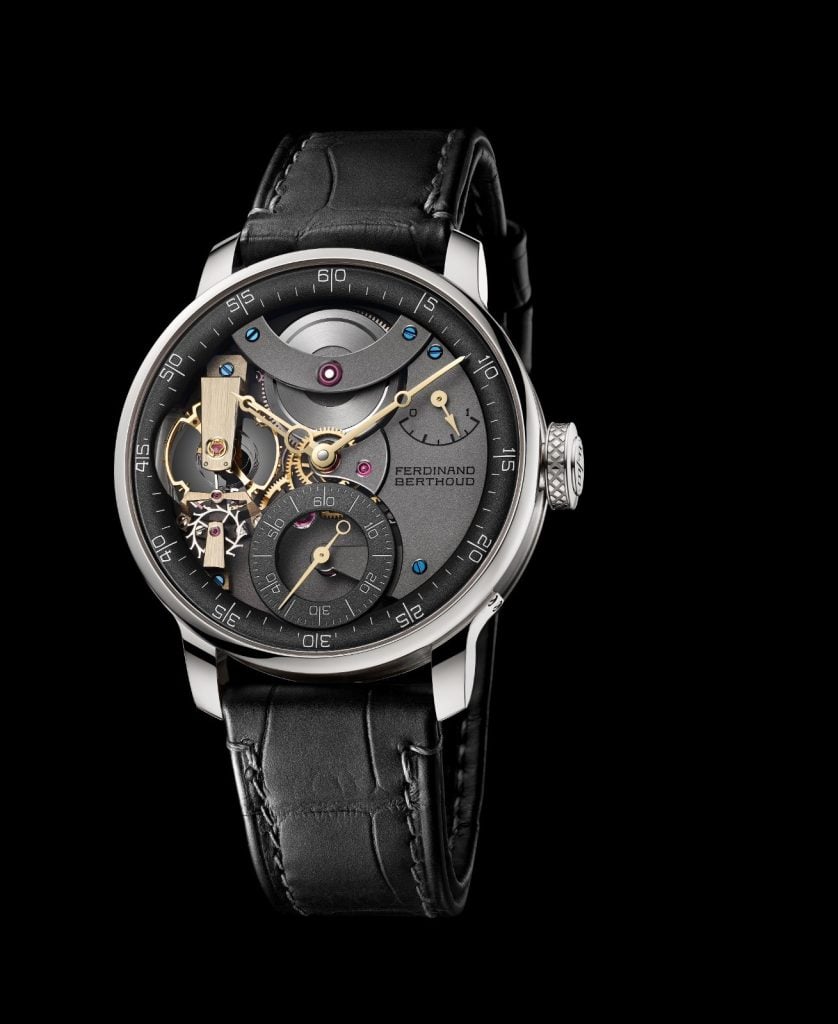
Rolex famously takes it a step further, dubbing its watches “Superlative Chronometers,” meaning they undergo even stricter in-house testing beyond COSC standards. Omega, meanwhile, pairs chronometer testing with METAS certification, adding magnetic resistance tests to ensure your watch keeps perfect time even when you place it near your laptop or phone. In short: if your watch says “chronometer” on the dial, it’s not boasting — it’s simply stating that it passed the watchmaking equivalent of boot camp.
The Chronograph: The Stopwatch with Style
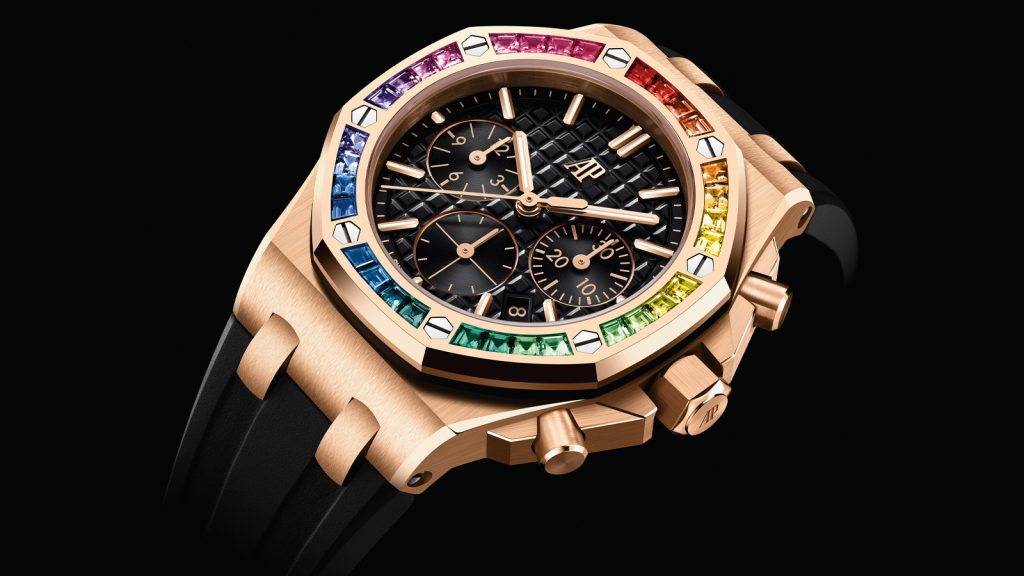
The chronograph takes precision and turns it into a performance. Originally invented in the early 19th century, it was designed to record short intervals — first for horse racing, then for aviation, diving, and motorsport. In most modern chronographs, you’ll find two pushers on the case: one to start and stop timing, and another to reset. Sub-dials on the watch face record elapsed seconds, minutes, and hours — often giving the dial its signature sporty, technical look.

Legendary chronographs like the Omega Speedmaster, Rolex Daytona, and TAG Heuer Carrera didn’t just measure time — they made history. The Speedmaster timed the Apollo 11 moon landing. The Daytona became synonymous with racing legend Paul Newman. And the Carrera captured the raw energy of 1960s motorsport culture. The chronograph is a tactile joy — a mechanical button press that feels like flipping a switch on time itself. It’s one of the few watch complications that invites interaction, not just admiration.
Why The Confusion?
It’s simple: both terms start with “chrono,” both appear on watch dials, and both suggest technical prowess. Some watches even combine both traits — like the Omega Speedmaster Chronometer Chronograph, which is both highly accurate and capable of timing events.
So yes, a watch can be both a chronometer and a chronograph — but one is about performance certification, the other about functional complication. Think of it this way: if your car were a chronometer, it would have perfect engine calibration. If it were a chronograph, it would have a built-in lap timer. A few exceptional timepieces, of course, offer both.

More Than Just Semantics
Understanding the distinction isn’t just about showing off at your next watch meetup. It’s about appreciating how layered horology really is. The chronometer celebrates the quiet pursuit of perfection — unseen but essential. The chronograph, meanwhile, embodies motion, interaction, and purpose. One whispers precision; the other shouts performance. Together, they capture the dual personality of watchmaking: science and art, restraint and adrenaline, patience and pulse.
